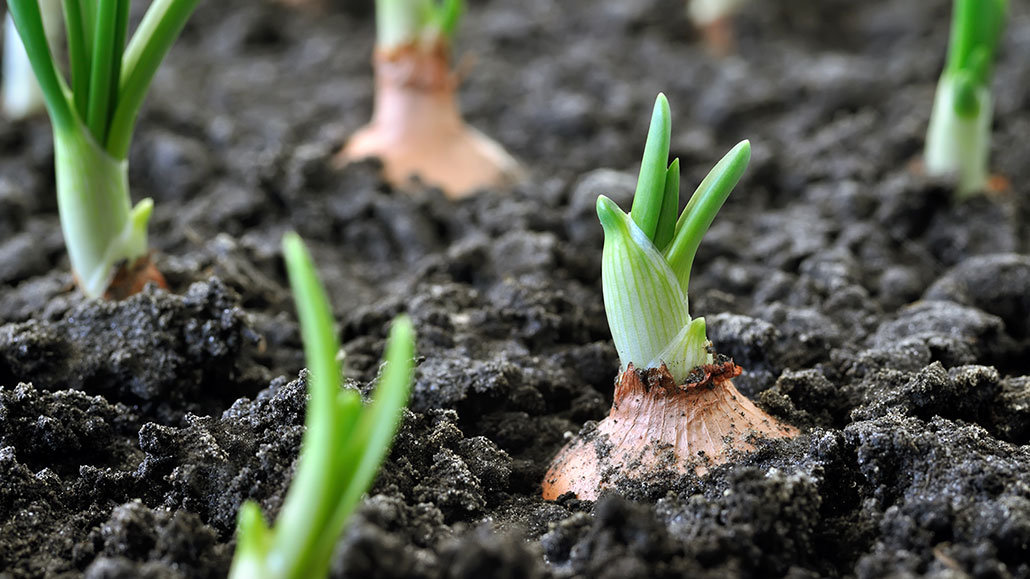HOME
Healthy soils are life-giving black gold

Look out the window or walk over to a patch of soil near your home. Depending on where you live, it could be reddish brown, black, dark gray or even the color of rich, dark chocolate. If it’s moist enough, run your hands through it. It may separate into thick clumps that can hold water and later release it. With a few exceptions — such as desert sites — this is how good soil behaves. Less obvious to the casual glance, that piece of earth is likely throbbing with life.
In fact, the number of microscopic organisms that live in a shovelful of rich garden soil exceeds the number of plants and animals inhabiting the entire above-ground Amazon rainforest. And the Amazon is known for having more plants and animals than any other land-based habitat.
Soil (and its inhabitants) by the numbers
Soil is what supports life on Earth. Most people give it little thought, but it feeds us and the ecosystems around us. It is where countless species make their homes. It collects water, pulls pollutants from the air and helps support the planet’s atmosphere. Soil is one of Mother Nature’s unsung heroes.
And while most soil looks like it’s static, just sitting there unmoving, it actually hosts plenty of activity. Its earthworms may be excavating tunnels. As they wriggle their powerful bodies from deep in the ground to nearer the surface and back down again, they also move old leaves and other bits of rotting debris in both directions: from top to bottom, and bottom to top. Where earthworms are active, they can turn over the entire top 15 centimeters (6 inches) of soil in 10 to 20 years.
News Source